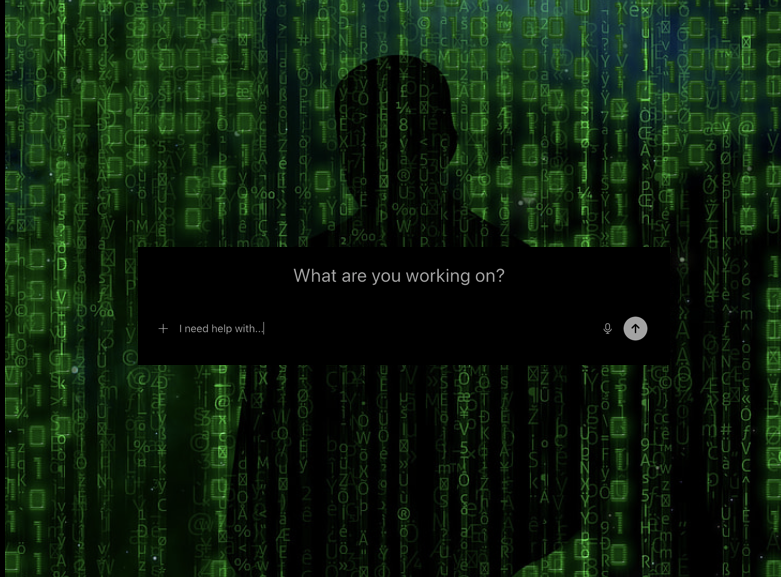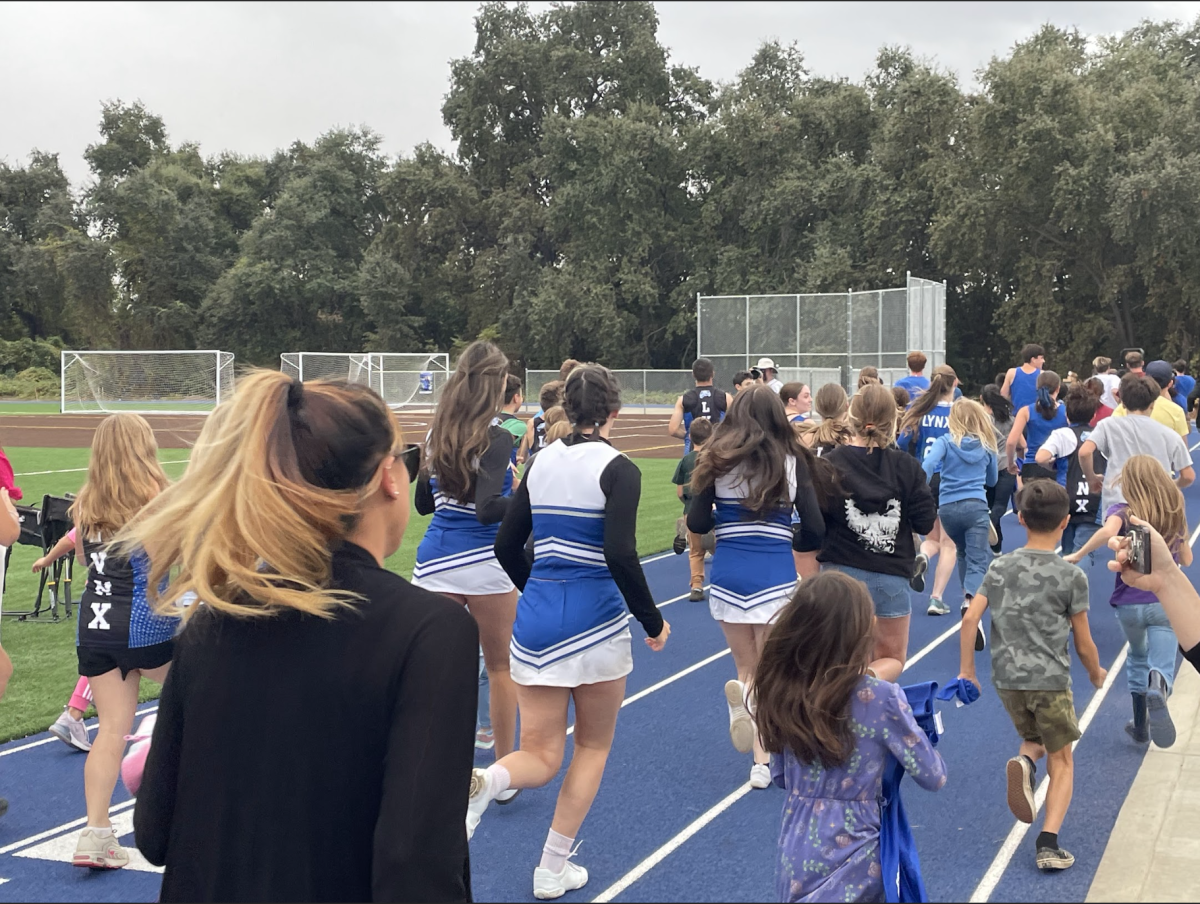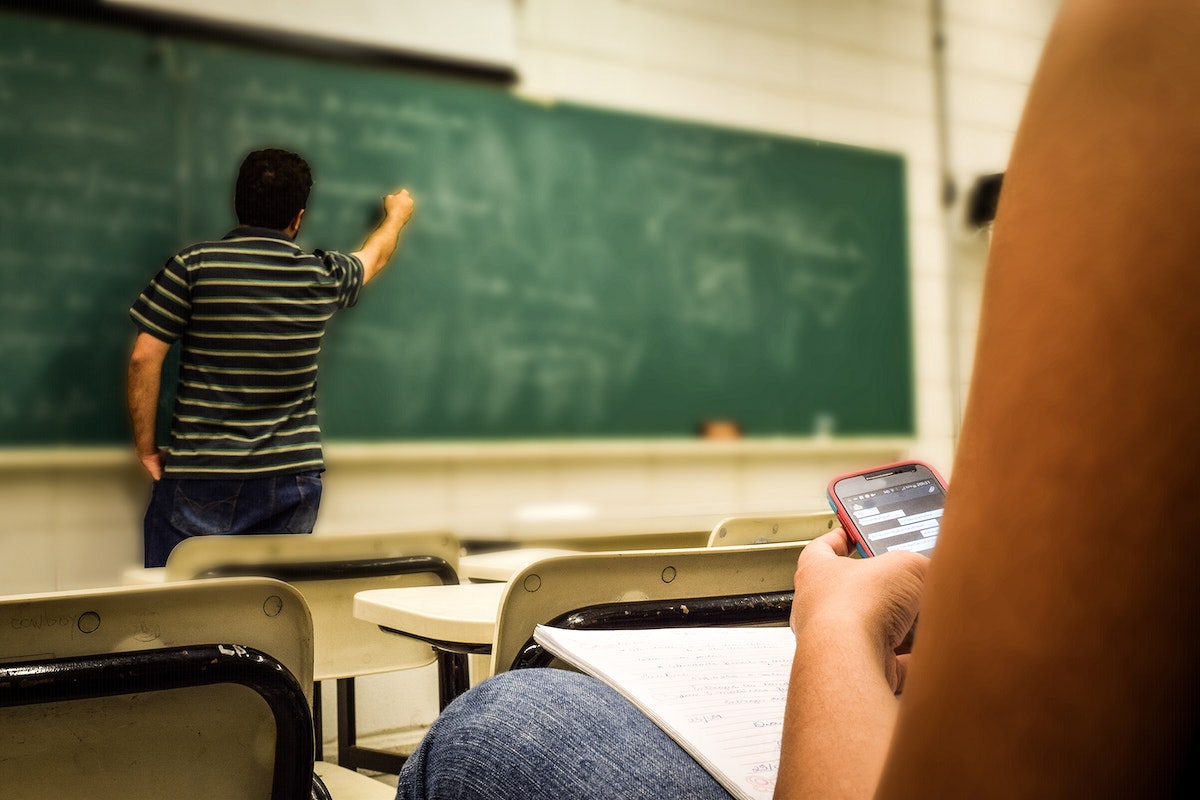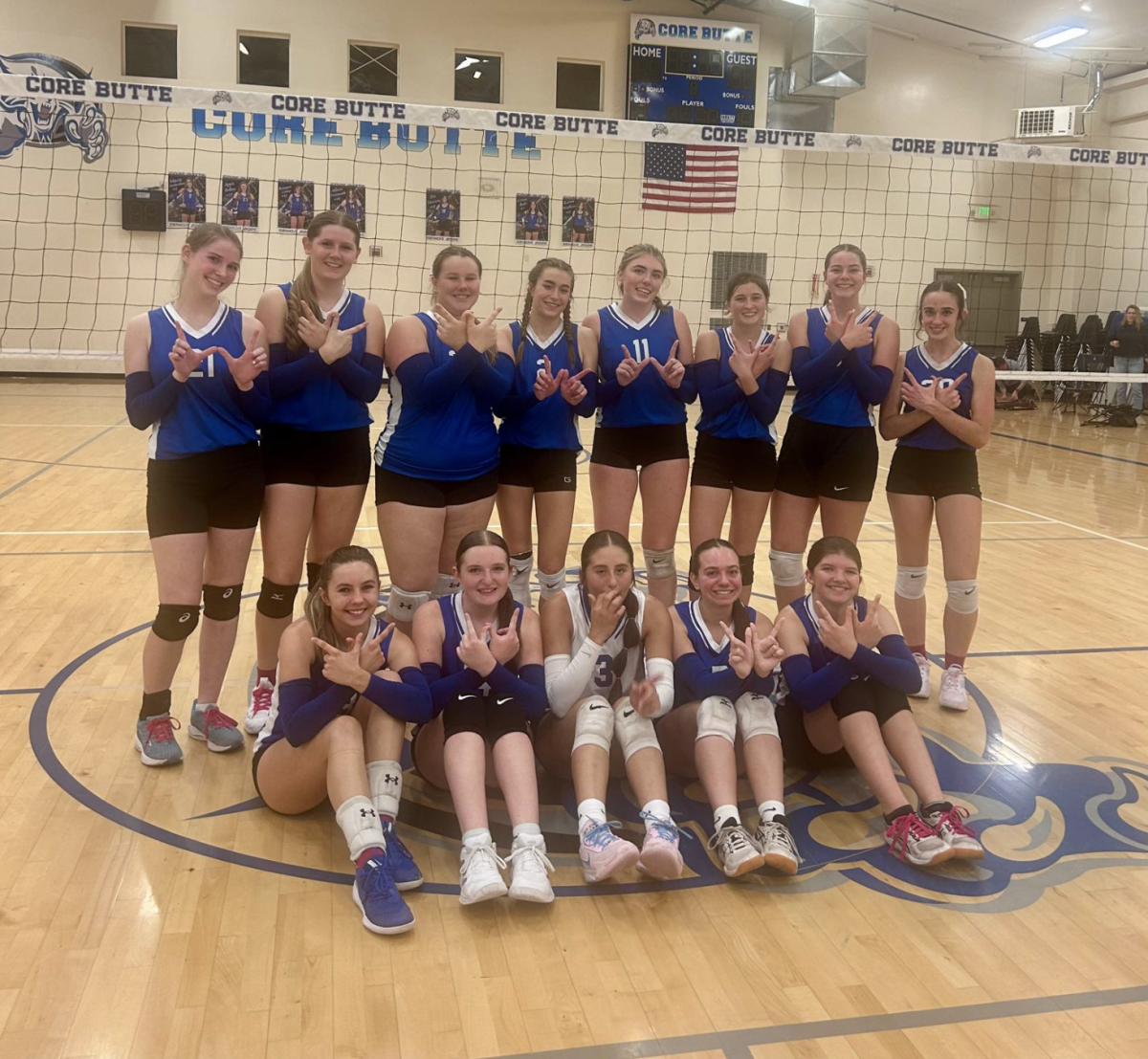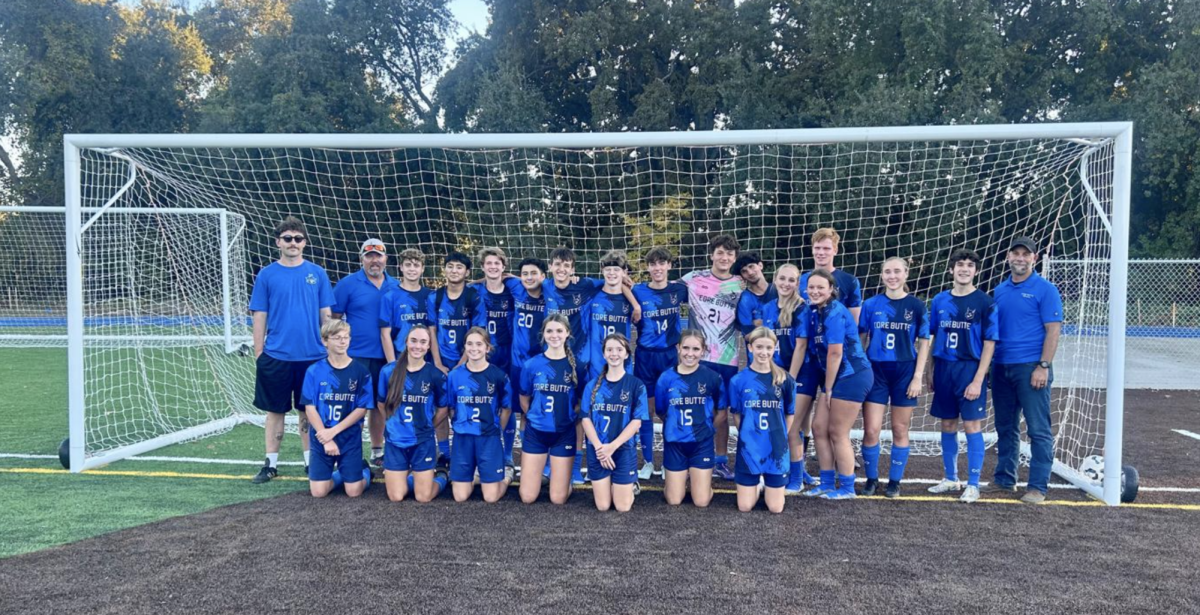In September 2024, California’s governor, Gavin Newsom, signed the bill commonly known as “The Phone-Free Schools Act” into law. The law requires that all school districts in the state, including charters like ours, must develop and implement strict no-phone policies by July 1st, 2026.
This was put in place because, “We know that excessive smartphone use increases anxiety, depression, and other mental health issues-” Newsom said in a statement, “but we have the power to intervene.” By removing smartphones from school, Newsom suggests that we could remove eight potential hours of screentime, which he believes could help teenagers start to feel regulated and reduce mental health challenges.
While this new policy could lead to fewer distractions, invite socialization between young people (which is much needed at this time), and may improve academic performance, it also brings up safety concerns among parents and frustration over losing personal devices among students. It would limit communication between students and their families and could pose a challenge for schools in case of emergencies.
Parents are upset because they have no idea what is going on at their child’s school, given there is no way to directly contact them, and students are upset that the school is taking away something that belongs to them. A CORE parent said, “I would like to know that my child is safe”. She states that there aren’t enough ways to get in contact with the school in case of an emergency, and direct communication via cell phone is the most convenient form nowadays.
Many educators also feel as though the ban is helpful, but may be a little outdated, considering the rapidly developing times we are living in. Mr. Noble, a teacher at CORE, explained to me that he feels phones have an appropriate time and place, but they are also a tool for communication. He encourages students to step out once or twice if they need to use their phones. “I have never said no,” Mr. Noble said, emergencies can happen at any time.
Principal Matt Harvey does not believe CORE needs a ban. Because of our college-like campus and school culture, Mr. Harvey thinks our students are respectful enough to the teachers who set their own policies on phones in classrooms, and a full ban is not needed. As an educator, he understands the need for control in a classroom, but he also feels as though it creates just as many problems as there would have been without rules; students pushing back and rebelling, and teachers frustrated and overworked.
He understands why a big public school may need more stringent policies, but our small charter school and its students are trusted to be mature enough to follow the rules their teachers set. “I don’t think it will change,” Mr. Harvey said about our phone policy. “I think that phones are a huge distraction, but can also be an important tool… It’s a part of everything we do.” This doesn’t mean the legal ban is being ignored, though, because these rules are still in line with the state’s new guidelines. So, our students are able to use their phones during breaks, but not in class.
Ella Smith, a junior at Pleasant Valley High School (PVHS) in Chico, explained to me how their school handles the ban and their policies. While some schools in California make students put their devices in a pouch at the beginning of each day, PVHS allows students to keep their phones with them throughout the day. Students can use them during passing periods and lunch, but they are to be out of sight during classes.
To most, this is a reasonable compromise with the Phone-Free Schools Act, but people (especially teenagers) hate the feeling of restriction. “…if it were less restricted, people would feel less of a need to be on it all the time,” Smith said. According to Smith, the rules just seem to strengthen the urge to disobey them by sneaking onto their phones. “Most high schoolers are almost adults, and it is better to start treating them that way…” she added.
Tenth grader Thiago Martinez goes to a school with stricter policies regarding phone usage, Bear Creek High School (BCHS) in Stockton, which does not allow phones to be out at all during the school day.
While BCHS still doesn’t use pouches or lockers, cellphones and any other devices must stay in bags or else they will be confiscated and held until the end of the day, but there is an exception for emergencies. The first offense results in the phone being held in the office for the day, while repeat offenders have their phones locked away until a parent or guardian comes to retrieve them.
“[Being away from my phone] definitely helps me learn more because I’m away from my biggest distraction,” Martinez said. While it is true that phones are a big distraction, Martinez noted that the new policy leaves students with too much free time once they finish their work: “The day drags on a lot longer when we don’t have anything to do during free time.”
Martinez suggested implementing a “free day” at schools like his, where students can use their phones during breaks because “things get so out of hand when there is a strict rule against it.”
As the debate around smartphone restrictions continues, safety, trust, and student autonomy ultimately continue to come into question. While some see the ban as a necessary step to improve focus and mental health, others argue its too oversimplified for the complex issues it’s trying to fix.
CORE has a flexible, trust-based approach to the new regulations, allowing students to manage their own phones while still respecting classroom boundaries. Whether this approach will remain effective as the 2026 deadline approaches is uncertain, but for now, this reflects our schools maturity and responsibility levels.

